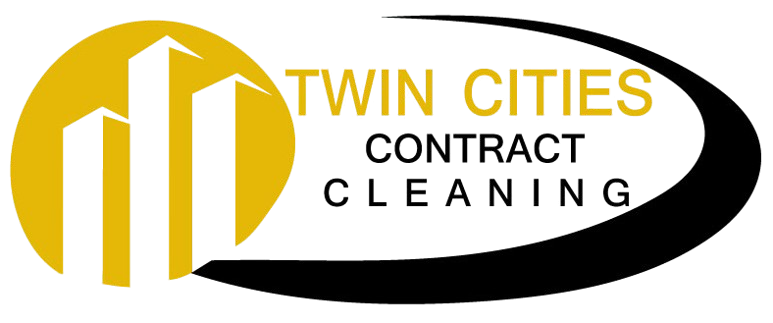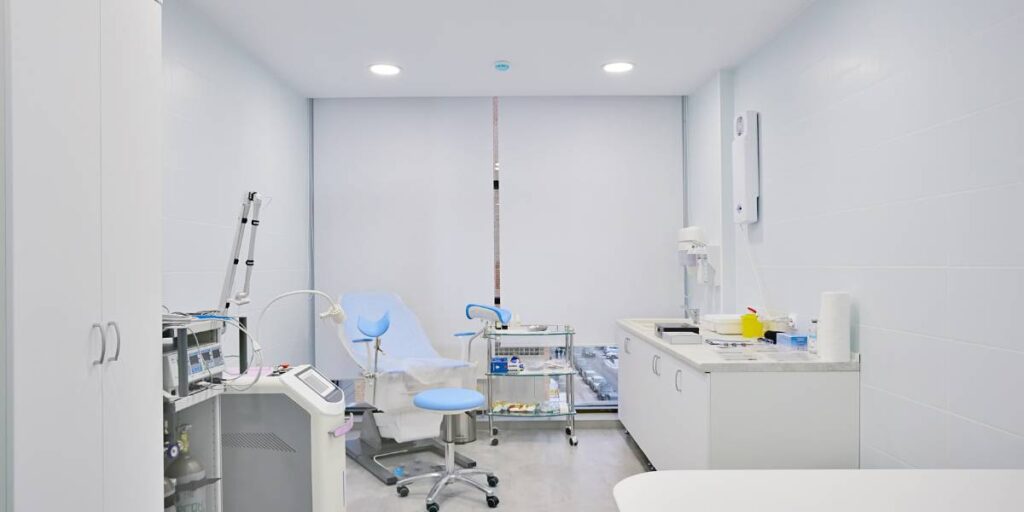Healthcare facilities are vital centers for healing, but they can also be breeding grounds for harmful pathogens. Facilities that treat patients with compromised immune systems and/or a wide range of illnesses are under constant exposure to bacteria, viruses, fungi, and parasites – it’s just the nature of the business. Medical cleaning service and proper handling of medical-grade cleaning supplies play a crucial role in preventing the spread of infections and ensuring patient safety. Twin Cities Contract Cleaning offers complete and comprehensive medical cleaning solutions from doctors’ offices and clinics through to advanced, terminal cleaning protocols necessary for urgent care, hospitals and surgical suites.
Developing a Cleaning Plan for Medical Offices: Medical Cleaning Service
A well-defined cleaning plan provides the cornerstone of an effective medical cleaning regime. Work with your commercial cleaning experts to develop a plan that outlines the frequency and type of cleaning for different areas within the facility. High-touch surfaces like doorknobs, light switches, and bed rails require more frequent cleaning and disinfection compared to walls or
ceilings. Your cleaning plan should also specify the cleaning products to be used, proper dilution ratios for disinfectants, along personal protective equipment (PPE) requirements for staff. Consulting with infection prevention and control (IPAC) specialists is crucial to ensure the plan aligns with current best practices and relevant regulations set forth by the Centers for Disease Control and Prevention (CDC).
Obtaining and Using the Right Level of Disinfectants/Decontaminants
Not all cleaning products are created equal. Medical facilities require hospital-grade disinfectants with broad-spectrum activity against bacteria, viruses, and fungi. These disinfectants can be categorized as low-level, intermediate-level, or high-level depending on their efficacy against specific pathogens. Choosing the appropriate disinfectant depends on the type of contamination and the level of disinfection required. For instance, high-level disinfectants are reserved for critical medical equipment that encounters sterile tissues or body fluids.
It’s important to note that some disinfectants require special licensing or training for purchase and use. Some high-level disinfectants contain sporicidal agents that kill highly resistant bacterial spores and improper handling of these products can lead to respiratory problems or chemical burns. It’s vital to have certified and trained personnel responsible for obtaining and utilizing these disinfectants according to the manufacturer’s instructions.
Training, Education, and Certification of Staff
The success of your facility’s medical cleaning plan hinges on the knowledge and skills of the cleaning staff. From extensive training on different surface types, their porosity, and what chemicals best fit for cleaning them, to the proper selection and application of disinfectants for the appropriate level of decontamination efforts, understanding why a “one-size-fits-all” approach to disinfectants doesn’t work is a must for your cleaning partner. Some disinfectants can be corrosive to certain materials, rendering them ineffective or damaging surfaces. Training should also cover proper PPE usage, safe handling of contaminated materials, and spill clean-up procedures. Certification programs offered by professional organizations can further enhance staff competency and demonstrate the facility’s commitment to patient safety.
Log Maintenance & Regular Peer-Review Audits
Maintaining detailed cleaning logs is essential for ensuring compliance with Occupational Safety and Health Administration (OSHA) and CDC guidelines. These provide documentation of the date, time, and area cleaned, the cleaning products used, and the initials of the cleaning staff member. Regularly scheduled peer-review audits by trained personnel help identify any deviations from the
cleaning plan and ensure consistent adherence to established protocols. These audits also provide an opportunity for staff feedback and continuous improvement of cleaning practices.
Proper Handling and Disposal of Biohazardous Waste
Medical facilities generate a significant amount of biohazardous waste, which includes items contaminated with blood, bodily fluids, and infectious agents. Improper handling of this waste can pose a serious threat to healthcare workers, patients, and the environment. Training for staff on biohazardous waste segregation, packaging, labeling, storage, and disposal becomes essential. Facilities must comply with federal, state, and local regulations for biohazardous waste disposal, which typically involves collection by licensed medical waste disposal companies.
By implementing these key measures, medical facilities can create a clean and safe environment that minimizes the risk of healthcare-associated infections and promotes patient well-being. Investing in proper cleaning protocols, staff training, and essential supplies is not just a regulatory requirement, but a vital commitment to safeguarding the health of patients, staff, and the entire healthcare community.


